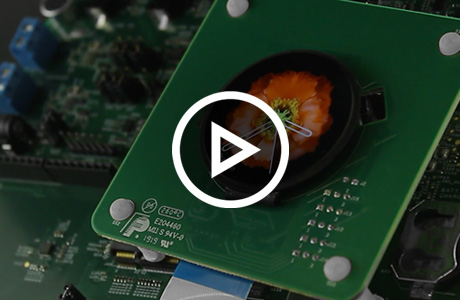Save Time and Costs by Leveraging MicroEJ Simulator for Embedded Systems Development
An embedded systems simulator, often referred to as a virtual device, is a software application that emulates the hardware and environment of an electronic system system. It allows developers to design, test, and debug their software in a virtual setting that mimics real-world conditions. The primary benefits of using a simulator include reduced development costs, accelerated time-to-market, and the ability to identify and rectify issues early in the development process, long before deployment on actual hardware.
MicroEJ stands out as the premier solution in the realm of embedded systems development due to its comprehensive and robust simulation capabilities. Unlike many other simulators, MicroEJ not only replicates the functionalities of development boards but also meticulously emulates all inputs and outputs, providing an all-encompassing virtual development environment. This ensures that what developers create and test within the MicroEJ simulator is 100% portable to the actual hardware, guaranteeing seamless transition and deployment.
The versatility and reliability of MicroEJ make it an indispensable tool for developers aiming to streamline their workflow, enhance productivity, and ensure the highest quality in their embedded system projects. With MicroEJ, the simulation process is not just a preliminary step but a critical component of the development lifecycle, ensuring precision and efficiency from concept to final product.
MicroEJ Simulator Thermostat Demo
Below is an example showcasing a thermostat with an intuitive embedded GUI, where the user adjusts the temperature. The temperature data is published to the cloud data service from Xively by LogMeIn, though MicroEJ supports any cloud service provider, including Salesforce, Microsoft Azure, Ericsson, and others. The application operates with identical UI, UX, and network capabilities on both the simulator and the actual electronic board.




